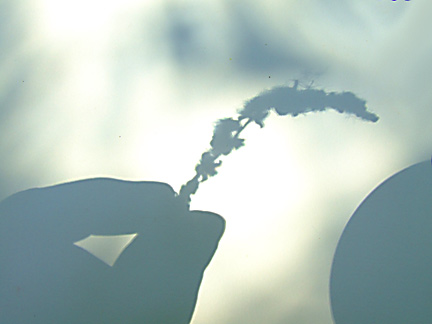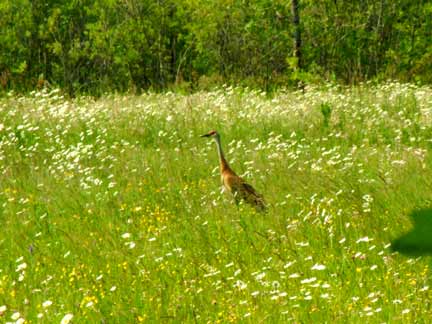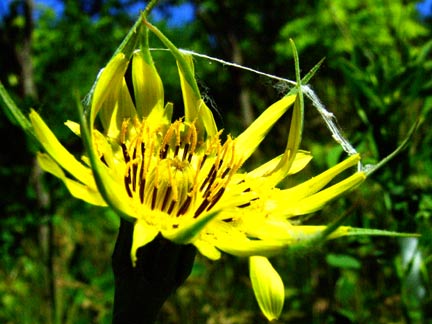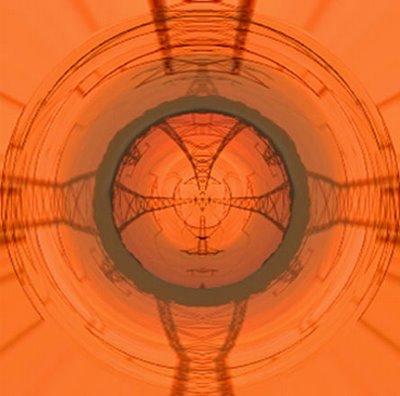Wayne, Bev, Somebody? Please help. I have some mystery grub/insects larvae or something that I cannot identify. The first larva is currently eating on our goldenrods. I suspect that it is eating both Tall Goldenrod (
Solidago altissima) and Canada Goldenrods (
Solidago canadensis). That it is eating goldenrod does not bother me too much, but I would like to know what it is.
You can judge the size by the left part of the photo where I left my thumb and finger in the picture. I have not seen any of the tens of thousands of the larva at a much larger size.

The second larva/thing I have no clue about other than it appears to have 6 legs or maybe something with 6 legs is eating something else? I found it on a blade of grass all by itself. No other examples were around. (I put in on a Milkweed simply to have something large enough for my camera to focus upon.) The beast is about the size of a small bean or very large pea. The yellow part moved up and down a bit but there was no other movement even though I picked the blade of grass and moved it across the field to a milkweed for photography.
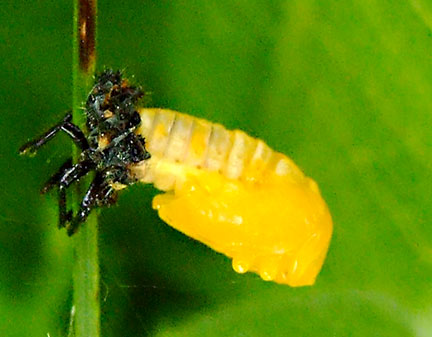
OK, I have found a photo in
Caterpillars of Eastern North America that seems to fit this third caterpillar fairly well. With it I would just like some second opinion. I think it is a Fall Armyworm caterpillar (
Spodoptera frugiperda). It was chewing on White Sweet Clover.






